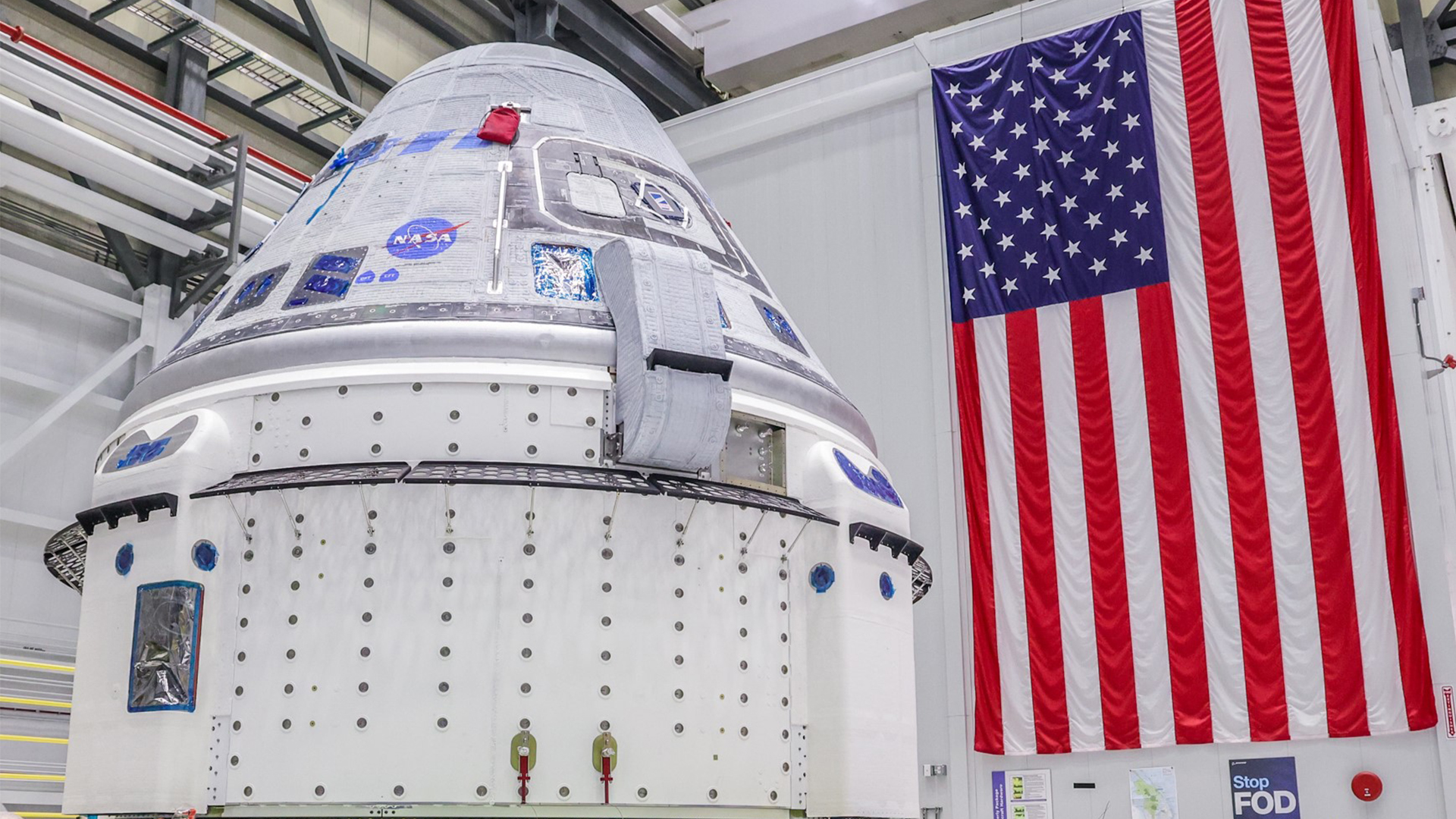Boeing’s 1st Starliner astronaut launch delayed again, to May 6

United States
Breaking News:
5 arguably hilarious cartoons about the 2024 presidential debate
Lil Nas X: ‘Who do I most admire and why? I have to say myself’
Rubbish music, chatbots and online queues: welcome to your life lived on hold | Elle Hunt
Books for a better world: as chosen by Lenny Henry, Geri Halliwell-Horner, Andrew O’Hagan and others
Washington DC
Saturday, May 18, 2024


The first crewed launch of Boeing’s new Starliner capsule has been delayed by an additional five days, to May 6.
NASA and Boeing had been targeting May 1 for the highly anticipated Starliner mission, which is known as Crew Flight Test (CFT). But that’s no longer the plan.
“Following a review of the International Space Station operations, NASA’s Boeing Crew Flight Test now is targeting no earlier than Monday, May 6, for Starliner’s first launch with astronauts to the orbital complex,” NASA officials wrote in an update on Tuesday afternoon (April 2).
“The date adjustment optimizes space station schedule of activities planned toward the end of April, including a cargo spacecraft undocking and a crew spacecraft port relocation required for Starliner docking,” they added.
Related: NASA, Boeing delay Starliner capsule’s 1st astronaut launch to early May
CFT will send NASA astronauts Barry “Butch” Wilmore and Suni Williams to the ISS aboard Starliner for a roughly 10-day stay. The mission will launch atop a United Launch Alliance Atlas V rocket from Florida’s Cape Canaveral Space Force Station.
CFT will be the third orbital mission for Starliner, following two uncrewed flights to the ISS. The capsule failed to reach the orbiting lab on its first attempt, in December 2019, after suffering a number of glitches. But Starliner succeeded on its second try, reaching the ISS in May 2022.
Breaking space news, the latest updates on rocket launches, skywatching events and more!
It has taken longer than expected to get Starliner ready for its first astronaut flight. Boeing had to fix an issue with the capsule’s parachute system, for example. And the company removed much of the tape the team used to wrap Starliner’s wiring after discovering it was flammable.

RELATED STORIES:
In September 2014, both Boeing and SpaceX received multibillion-dollar contracts to fly NASA astronauts to and from the ISS.
SpaceX has already launched eight such operational missions for the agency, as well as a crewed test flight to the orbiting lab called Demo-2, which lifted off in May 2020. Despite SpaceX’s success and reliability, NASA has long stressed the importance of getting a second private astronaut taxi up and running; redundancy is a key priority for the agency and its human spaceflight program.